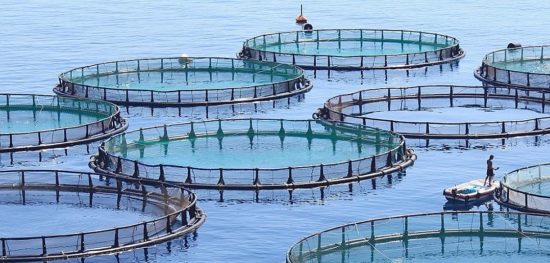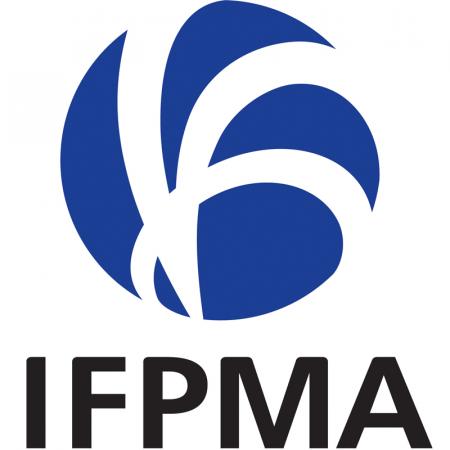Understanding the transfer and persistence of antimicrobial resistance in aquaculture using a model teleost gut system
Antimicrobial resistance (AMR) is a serious health risk due to human, animal, and environmental factors. It is primarily driven by conjugative plasmid transfer among bacteria. To combat AMR, understanding its dynamics and the role of different microbial taxa as reservoirs is crucial. A study using Hi-C and qPCR monitored the transfer of a multidrug-resistent plasmid within an Atlantic salmon gut model during florfenicol treatment. The results showed that the teleost gut flora continues to act as a reservoir for AMR, highlighting the need for effective treatment strategies.
AMR NEWS
Your Biweekly Source for Global AMR Insights!
Stay informed with the essential newsletter that brings together all the latest One Health news on antimicrobial resistance. Delivered straight to your inbox every two weeks, AMR NEWS provides a curated selection of international insights, key publications, and the latest updates in the fight against AMR.
Don’t miss out on staying ahead in the global AMR movement—subscribe now!







